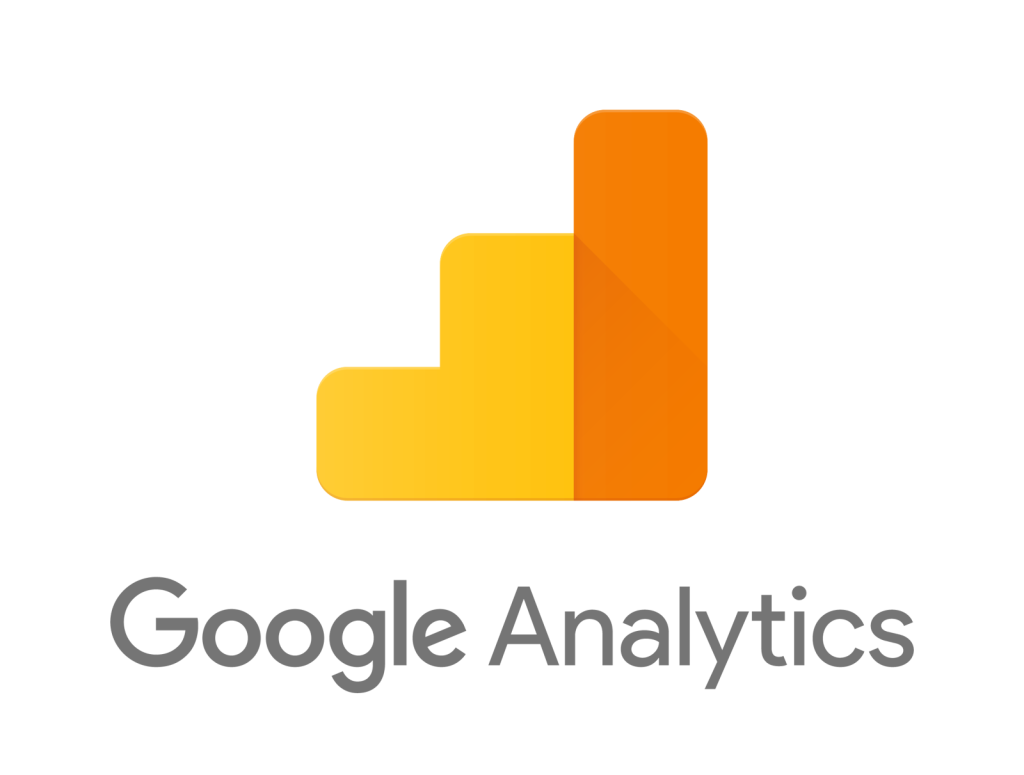Number of users and sessions
The number of users visiting a website during a time period is provided by the users metric. Whereas also the sessions represent the number of times users are actively engaged with the website or certain pages. These indicators provide a quick & coarse-grained evaluation of marketing campaigns. You can see how your campaigns create traffic and how many times users interact with the website or some pages by plotting the data over time with the help of Google analytics.
Average pages per session
The average number of pages a user visited in a single session on your website is known as the average number of pages/session. This can be easily found under the Audience dropdown menu in the Overview section. Another strong indicator is of user engagement, is the number of pages a person interacts with a certain time period. However, it’s important to consider both measure and average of the session duration. This is because the layout of the user funnel and the number of contents might influence the ratio of a session duration to page views.
The ratio of new to the returning visitors
You can figure out how well your campaigns attract new or current user traffic by looking at the ratio of new users to returning visitors. Returning users can suggest an increase in lifetime value (LTV), while new users can indicate growth.
Bounce Rate Optimization
The percentage of the users who visited only one page on a website before departing is known as bounce rate. This measurement can be found in the Audience section dropdown in the Overview section. A high bounce rate means a technical issue. Insufficiently addressed user needs, a page lacking internal connections, or inadequate user targeting in marketing efforts.
Organic vs. paid sessions
Users who come through a non-paid search engine results page are referred to as organic search traffic. Paid Search traffic refers to traffic generated by visitors who clicked an ad in organic search results. The effectiveness of the SEO strategy is measured by Organic Search results, whereas the effectiveness of your ad campaigns efforts is measured by Paid Search results. Both numbers are very significant, but organic traffic is crucial to your site’s health for long-term viability.
Google Ads
By connecting your Google Ads account to your Google Analytics account, you can get precise metrics on your Google Ads campaigns. This might assist you in analyzing customer behavior on your website following an ad click or impression.
Search Console – Queries
The search component of a Console gives detailed information. You can look at the queries with good positions but low click-through rates, as well as landing pages with good click-through rates but low or poor positioning.
Goal conversion rate
The specific interactions with the website that specify an objective are referred to as goals. A purchase or user registration is a very common goal. But a goal can be specified as a user visiting a certain number of pages of a website. Downloading a piece of content. You may assess how well marketing activities lead to goal conversions by measuring conversion rates over time. You can use other user metrics to discover what factors influence their success or failures by tracking conversion rates.
If you want to learn more about Google analytics or digital marketing, sign up for Digital Marketing Course, where you can study from industry experts in depth.

